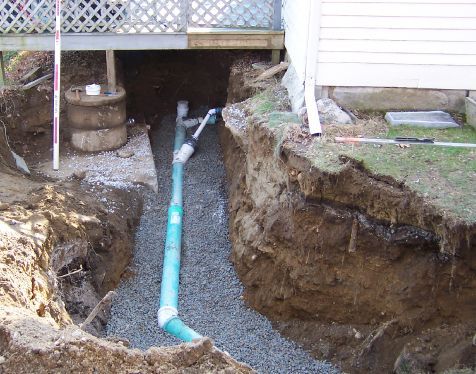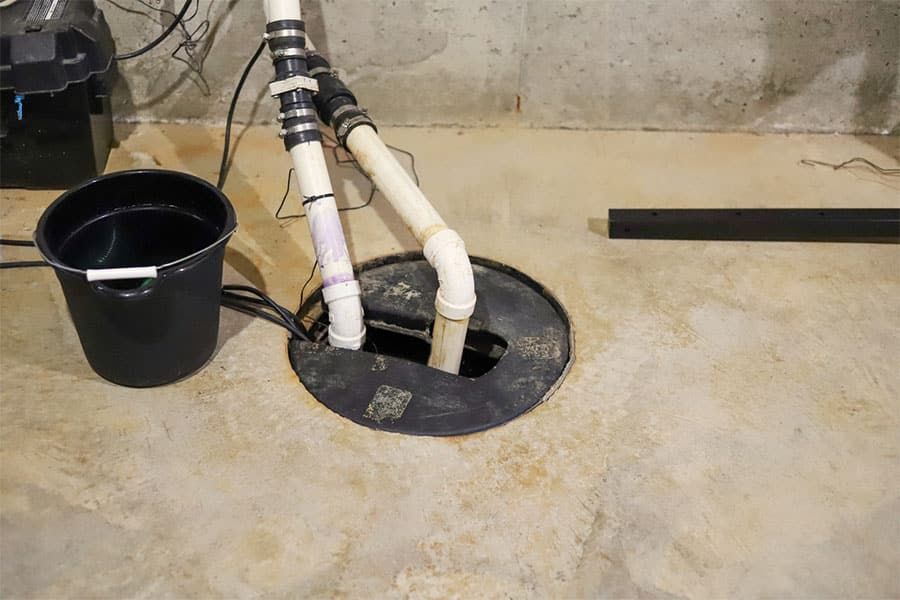What Size Sump Pump Do You Need for Your Home?
When it comes to protecting your basement from flooding, one of the most essential tools is a sump pump. These devices are designed to remove water that may accumulate in your basement, preventing water damage and the growth of mold. However, choosing the right size sump pump can be a confusing task, as it involves understanding various factors like the size of your basement, the amount of rainfall in your area, and how much water your pump will need to handle. In this article, we’ll break down everything you need to know to choose the right-sized sump pump for your home.
"How to Prevent Sump Pump Overload During Storms"
Understanding Sump Pump Size and Why It Matters
The size of your sump pump refers to its capacity to handle water flow, usually measured in gallons per minute (GPM) or gallons per hour (GPH). A pump’s size is critical because it determines how much water the pump can handle at any given time. If the pump is too small for the volume of water it needs to remove, it may become overwhelmed, leading to flooding or water damage in your basement. On the other hand, a pump that is too large can be wasteful and more expensive than necessary. Therefore, selecting the correct size sump pump ensures both efficiency and protection from water damage.
Factors to Consider When Choosing the Right Size Sump Pump
Before you purchase a sump pump, you’ll need to consider a variety of factors that will affect its size. Understanding these factors will help you choose a pump that meets your needs without overspending on unnecessary features.
1. Size of Your Basement or Crawl Space:
The larger your basement or crawl space, the more water it is likely to collect during a storm. In general, sump pumps are rated based on the square footage of the area they need to cover. If you have a particularly large basement, you may need a more powerful pump with a higher GPM rating to keep up with the water flow.
2. Water Table in Your Area:
The water table is the level at which groundwater saturates the soil. If you live in an area with a high water table, your basement may be more prone to flooding. In these cases, you'll need a sump pump with a higher capacity to remove the increased volume of water.
3. Amount of Rainfall in Your Region:
The frequency and intensity of rainfall in your area also play a significant role in determining the size of your sump pump. Areas that experience frequent heavy rainfall or rapid snowmelt may require a more powerful pump to handle the influx of water. You can consult local weather data to get an idea of how much rainfall your area receives on average.
4. Pump Capacity (GPM or GPH):
A sump pump’s capacity is often measured in GPM (gallons per minute) or GPH (gallons per hour). The GPM rating tells you how many gallons of water the pump can move per minute. For most residential homes, you’ll want a pump with a minimum capacity of 2,000 GPH for smaller basements and 3,000 GPH for larger basements.
5. Discharge Pipe Size:
The size of the discharge pipe is important because it determines how efficiently the pump can expel water from the basement. If the discharge pipe is too small, the pump will work harder to push the water out, reducing its efficiency and lifespan. Ensure that the discharge pipe size matches the pump’s capacity to avoid unnecessary strain.
Calculating the Right Size Sump Pump for Your Home
To calculate the correct size sump pump for your home, you’ll need to determine the flow rate in GPM that your pump must handle. One way to do this is to measure the amount of water entering your basement during a heavy rainstorm. Start by collecting water in a container (such as a bucket) and timing how long it takes for the water to fill the container. Based on the amount of water and time it takes to fill the container, you can calculate the flow rate and determine the minimum GPM rating you need for your sump pump.
Another way to estimate your pump's size is by considering the square footage of your basement or crawl space. For smaller basements (under 1,500 square feet), a sump pump with a 2,000-2,500 GPH rating is generally sufficient. Larger basements, or those with more complicated drainage issues, may require a pump with a rating of 3,000-4,000 GPH.
Types of Sump Pumps Based on Size
Sump pumps come in a variety of sizes and types, so it’s important to choose one that matches your home’s needs. The two most common types of sump pumps are submersible pumps and pedestal pumps.
1. Submersible Pumps:
Submersible sump pumps are designed to sit inside the sump pit and operate while submerged in water. These pumps are more powerful than pedestal pumps and are ideal for larger basements or homes with high water tables. They are quieter and more efficient, making them a popular choice for homeowners.
2. Pedestal Pumps:
Pedestal sump pumps are designed to sit above the sump pit, with a motor mounted on a pedestal. These pumps are typically less powerful than submersible models, but they are more affordable and easier to maintain. Pedestal pumps are often used in smaller basements or crawl spaces where flooding is less frequent.
Additional Considerations When Choosing Your Sump Pump
Aside from size and capacity, there are several other considerations you should keep in mind when choosing a sump pump for your home.
1. Backup Power Source:
In case of a power outage, you’ll need a backup power source to keep your sump pump running. Many homeowners opt for a battery backup sump pump or a generator to ensure continued protection during storms and outages. Make sure the backup power system you choose is compatible with your pump’s size and capacity.
2. Pump Construction and Durability:
Sump pumps come in different materials and quality levels. Cast iron pumps tend to be more durable and long-lasting than plastic models, making them a better investment for homeowners who live in areas with frequent heavy rainfall. Look for a sump pump with a solid construction to ensure that it lasts through years of use.
3. Installation and Maintenance:
Installing a sump pump can be a DIY project if you’re handy with tools, but many homeowners prefer to hire a professional to ensure proper installation. Additionally, regular maintenance is essential to keeping your sump pump in good working order. Check the pump for clogs, test it regularly, and clean it to ensure it continues to function effectively when you need it most.
Conclusion
Choosing the right size sump pump is crucial for protecting your home from flooding and water damage. By considering factors such as the size of your basement, the water table in your area, and the amount of rainfall your region receives, you can select the appropriate pump capacity. Don’t forget to factor in other elements such as the pump type, backup power, and construction materials. By investing in the correct-sized sump pump, you’re ensuring your home remains dry and safe, no matter what Mother Nature throws your way.
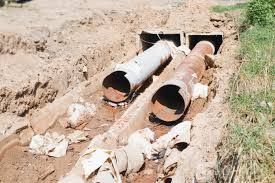
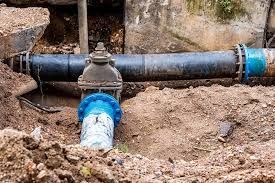

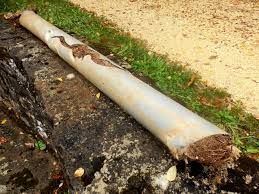

CONTACT INFORMATION
Office:
855-266-7682
Email:
service@AllCityPlumbers.com
Address: 6694 Oak Ridge Commerce Way, Austell, GA 30168
Business Hours:
Mon - Sun 24 Hours
OUR SERVICES
© 2022 All Rights Reserved|All City Plumbers Privacy Policy | Terms & Conditions | Sitemap

